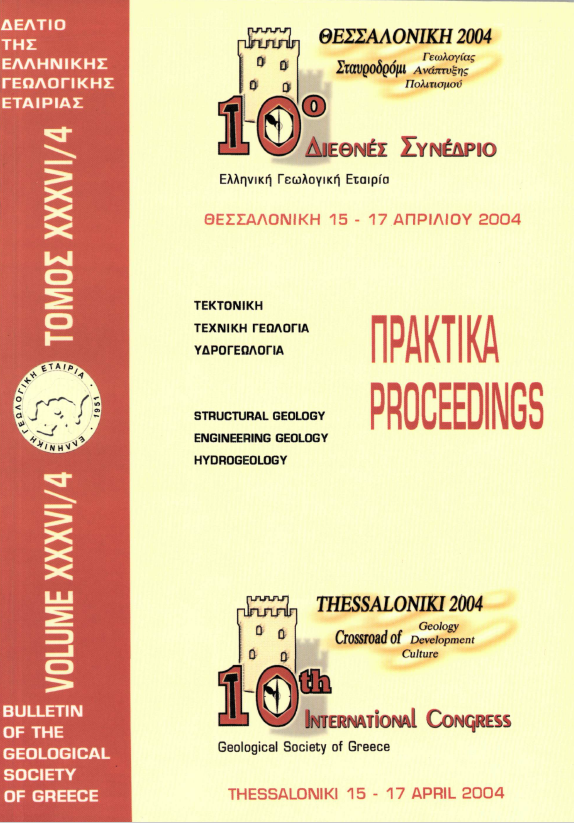ENGINEERING GEOLOGICAL PROBLEMS ASSOCIATED WITH KARST TERRAINS: THEIR INVESTIGATION. MONITORING, AND MITIGATION AND DESIGN OF ENGINEERING STRUCTURES ON KARST TERRAINS

Abstract
The design and construction of civil engineering structures in karst regions confronts many problems due to unpredictable location, dimensions and geometry of the karst structure and voids. Karst terrain is one of the most intricate grounds to be assessed for civil engineering purposes. Conventional methods of site exploration like desk studies, site reconnaissance, borings, test pits, geophysical techniques, have their advantages and disadvantages; none of them are 100% accurate; therefore they should be used in concert, adapted to each project, the available budget and the undertaken risk. As not two sides are identical in karst, site investigation should be tailored to each site. Factors that should be considered when designing site investigation in karst are: maturity of karst landforms, depth of the karst features, overburden thickness, lateral extent of the karst features, hydrogeology of the area, laoding, etc. The main problems confronted by engineers designing structures on or in karst terrain are: difficulties in excavation and grading the ground over pinnacled rockheads; collapse of the roof over subsurface voids, subsidence of cover soil over sinkhole, difficulties in founding a structure over an irregular or pinnacled rockhead, loss of water from dam reservoirs, pollution of groundwater, etc. A number of solutions have been practiced by engineers to solve these problems like: relocating the structure on a safer site, filling the voids and the fractures with concrete, improving the foundation ground with grouting and/or geogrids, replacing foundation soil, bridging the voids with rigid mats or
beams, using deep foundations (piling, drilled shafts, etc.), minimizing future sinkhole development by controlling surface and ground water, etc.
Article Details
- How to Cite
-
Xeidakis, G. S., Torok, A., Skias, S., & Kleb, B. (2004). ENGINEERING GEOLOGICAL PROBLEMS ASSOCIATED WITH KARST TERRAINS: THEIR INVESTIGATION. MONITORING, AND MITIGATION AND DESIGN OF ENGINEERING STRUCTURES ON KARST TERRAINS. Bulletin of the Geological Society of Greece, 36(4), 1932–1941. https://doi.org/10.12681/bgsg.16679
- Section
- Engineering Geology, Hydrogeology, Urban Geology

This work is licensed under a Creative Commons Attribution-NonCommercial 4.0 International License.
Authors who publish with this journal agree to the following terms:
Authors retain copyright and grant the journal right of first publication with the work simultaneously licensed under a Creative Commons Attribution Non-Commercial License that allows others to share the work with an acknowledgement of the work's authorship and initial publication in this journal.
Authors are able to enter into separate, additional contractual arrangements for the non-exclusive distribution of the journal's published version of the work (e.g. post it to an institutional repository or publish it in a book), with an acknowledgement of its initial publication in this journal. Authors are permitted and encouraged to post their work online (preferably in institutional repositories or on their website) prior to and during the submission process, as it can lead to productive exchanges, as well as earlier and greater citation of published work.



